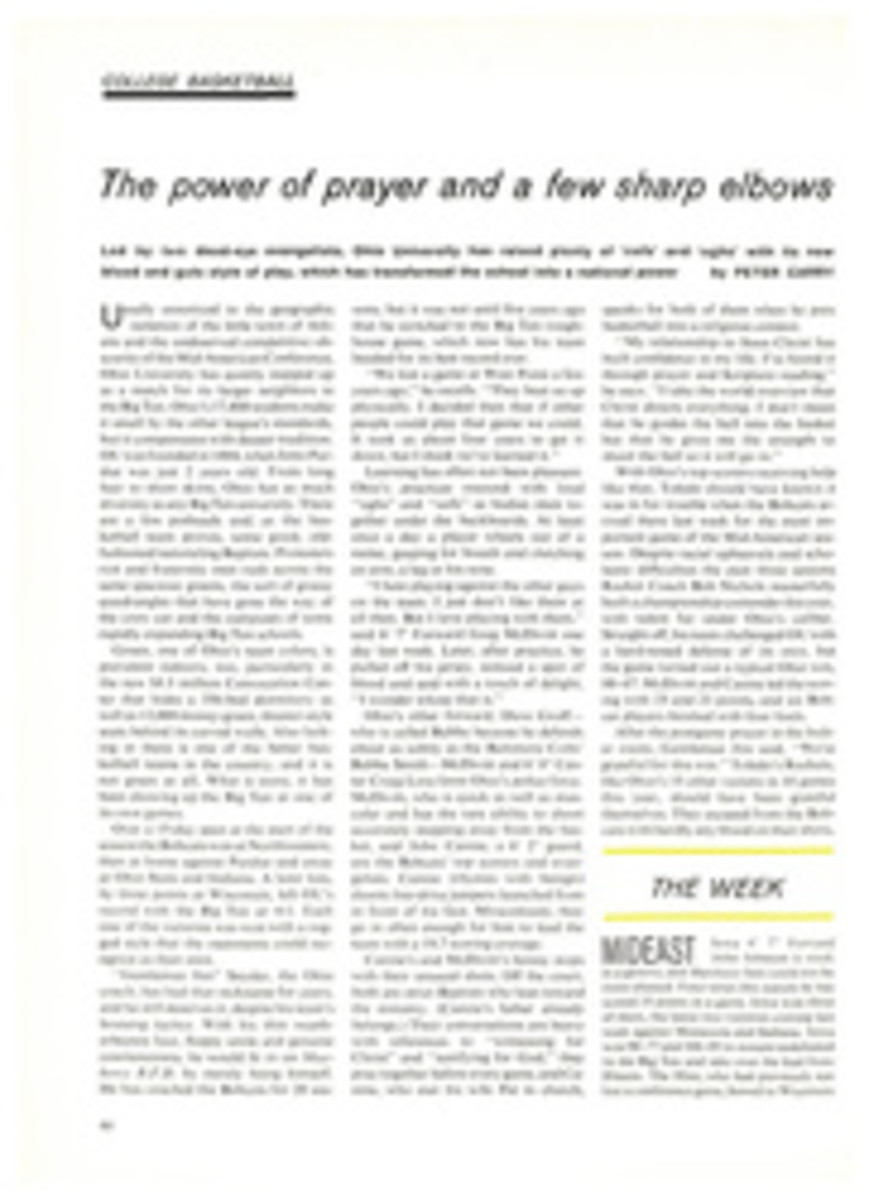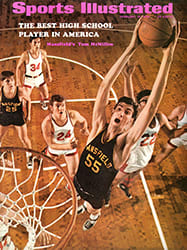
A DELAYED START-BUT NO HOUSING PROJECT
Last Tuesday came on so fine you could see the outline of the nearby mountains through the smog, and in this idyllic setting Santa Anita Park finally braced itself for an avalanche of dollars. For five weeks there had been an unsettling tilt to the community as the pockets of horseplayers overflowed with unbet gold, and now the horseplayers were to be released—26,515 of them at once and all primed to dump their accumulated savings on the mutuel clerks of Santa Anita. To show how serious the situation had become, statisticians tabulated that over the 27-day racing drought caused by a strike of pari-mutuel clerks, the State of California had been deprived of more than $5 million in taxes, the horsemen nearly $2 million in purses and the racetrack itself another $2 million in revenue of its own.
On opening day the mutuel clerks manned their windows apprehensively—and well they might have. After all, they were the ones who had stood for 27 dreary raceless days like Horatios at the bridge resolutely blocking the horseplayers' God-given constitutional right to squander their money. What the clerks wanted was a $15 daily raise in three annual installments of $5 each to add to the $50 a day they had been getting. The track offered $2 a day over three years for a total of $6, and for five weeks nobody budged. Nobody even met, and for a time it looked as if Santa Anita might just tear down its gorgeous blue-green grandstand and pave over its flower-filled infield to make room for a housing project and supermarket. Then the racetrack made a slight concession—an extra $1 a day for the first year of a 2½-year contract, a total raise of $7. The clerks accepted the offer.
To be absolutely frank, those 26,515 who showed up were a trifle disappointing for an opening day, unless measured in terms of hard-core punters. Yet they could hardly have been that, since the mutuel handle for the day was something under $100 per person, which is Santa Anita's normal weekday average. Either the horseplayers had been dabbling in the stock market for lack of something better to do or else times were turning bad. Santa Anita officials leaned toward the latter conclusion, noting that attendance and betting were off in Florida and Maryland as well. To confirm these suspicions, attendance through the rest of the week lagged well below the 20,000-a-day average of recent years.
Naturally, the real losers from the strike have been the horsemen, whose pets have been lolling around the barn consuming hay and oats like overstuffed dowagers on a Hawaiian holiday. The 3-year-olds, who by this time should be sorting themselves into Derby prospects and dog meat, are either still breaking their maidens or else trying to squeeze their way into one of the overnight allowance races that Racing Secretary Jimmy Kilroe is wedging into his abbreviated schedule. George Lewis, the best of California's juveniles last year, had already defected to Florida along with Charles Engelhard's Protanto, but he was back home this week after his loss in The Bahamas.
By Thursday seven of the better 3-year-old prospects turned out for a six-furlong sprint that was won with surprising ease by Away From Holme, the latest of the fine offspring that Verna Lea Farm has produced in Arkansas from the excellent stallion, Noholme II, the sire of Nodouble. In the following race Knight In Armor, a Round Table colt from the Kerr Stables, broke his maiden by an easy eight lengths against some well-bred opposition, including a Herbager colt called Fundy Bay and The Sledgehammer, by Greentree's The Axe II. And on Saturday, Willie Shoemaker rode Verne Winchell's Great Epic to his first win of the season in a six-furlong allowance.
"The most important change caused by the strike," Kilroe says, "is that we have had to cut the Strub Stakes for 4-year-olds to a mile and an eighth because there was no chance for the horses to train up to the longer distance. There isn't much you can say about the 3-year-olds yet. As far as we're concerned, it's still December."

